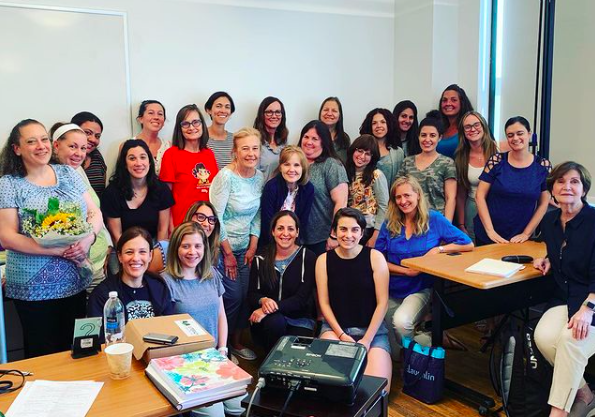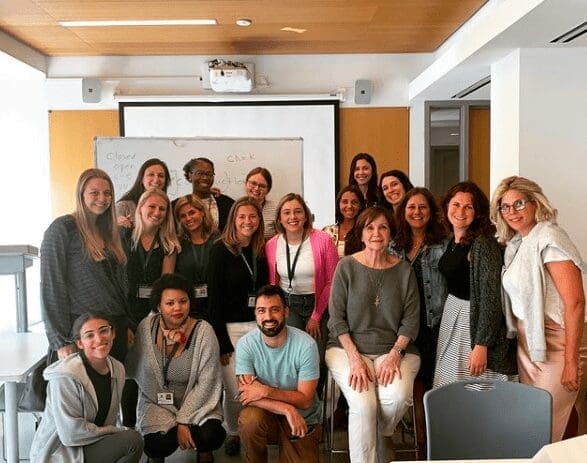30-Hour OG Course
The 30-hour training course introduces participants to the Orton-Gillingham multisensory reading approach and how to best use it in the classroom. The course follows the curriculum and guidelines of the Academy of Orton-Gillingham Practitioners and Educators and IDA.
Upon completion of the course trainees are eligible for:
- Practicum opportunities for certification*
- Required: minimum of 5 recorded video observations
- Book Summary
- Certification as a Classroom Educator by the Academy of Orton-Gillingham Practitioners & Educators
- Certification as a Structured Literacy™ Teacher by the International Dyslexia Association
- 30 CTLE – Continuing Education credits
- Three graduate credits from Adams State University*
* Additional costs
Who it’s for:
Classroom teachers, teaching assistants, speech and language pathologists, paraprofessionals, administrators, advocates, and parents.
60-Hour OG Course
The 60-hour training course provides trainees with information that prepares them to work either 1:1 (tutoring) or in a small group using the Orton-Gillingham Approach. Trainees should strongly consider a supervised practicum and applying to the AOGPE and IDA for certification at this level.
30-hour coursework is NOT a
prerequisite for taking this course.
Upon completion of the course trainees are eligible for:
- Practicum opportunities for certification*
- Required: minimum of 10 recorded video observations
- Reading and Summaries
- Application Process
- Certification as an Associate Level (1:1 tutor) by the Academy of Orton-Gillingham Practitioners and Educators
- Certification as a Dyslexia Interventionist by the International Dyslexia Association
- Approved NYS CTLE Sponsor (60 CTLE credits)
- Three graduate credits from Adams State University*
* Additional costs
Who it’s for:
Individuals looking to become 1:1 Orton-Gillingham tutors and/or start a private practice for students diagnosed with dyslexia or other language-based learning disabilities.
100-Hour OG Course
The 100-hour training course guides trainees towards becoming fully certified dyslexia practitioners. At this level, trainees will be capable of explaining and applying the underlying principles, specific concepts, and procedures of the Orton-Gillingham Approach in any educational setting to any age group.
60-hour coursework IS a
prerequisite for taking this course.
Upon completion of the course trainees are eligible for:
- Practicum opportunities for certification*
- Required: minimum of 10 recorded video observations
- Reading and Summaries
- Application Process
- Certification as a Certified Member by the Academy of Orton-Gillingham Practitioners & Educators
- Certification as a Dyslexia Therapist by the International Dyslexia Association
- Approved NYS CTLE Sponsor (100 CTLE Credits)
- Three graduate credits from Adams State University*
* Additional costs
Who it’s for:
Individuals who have previously taken an EOG 60-hour course and intend on pursuing a supervised practicum and applying to the AOGPE and IDA.




